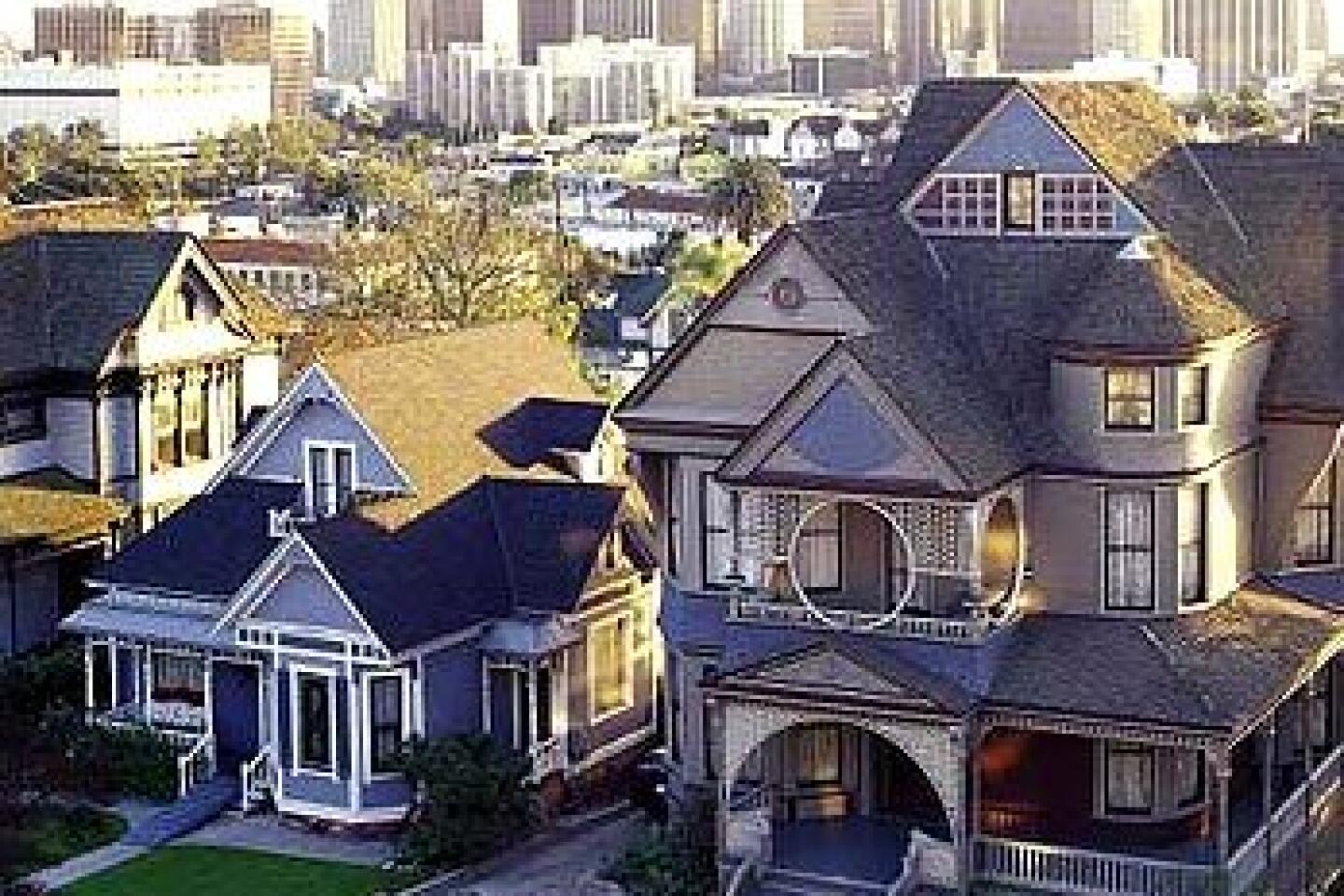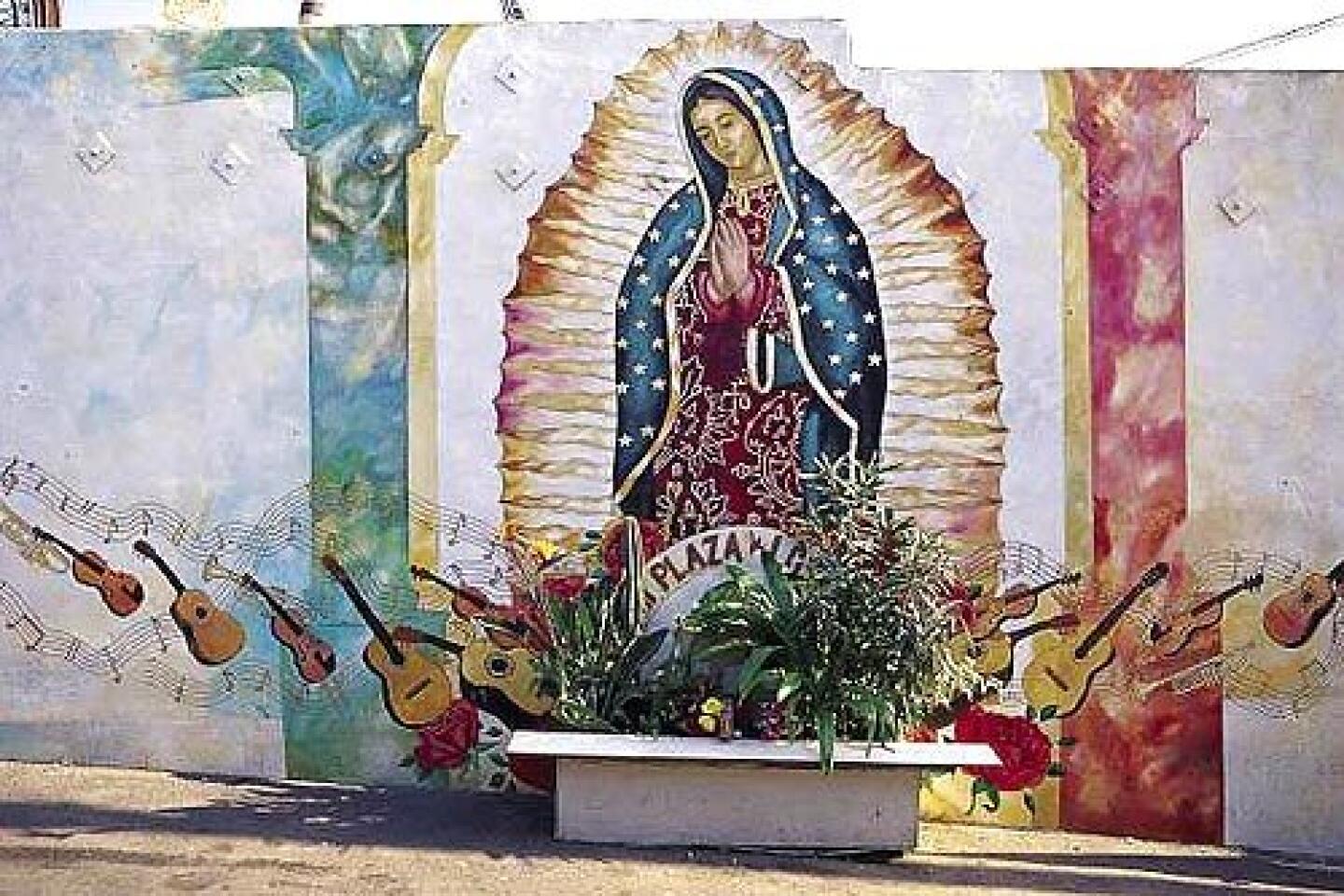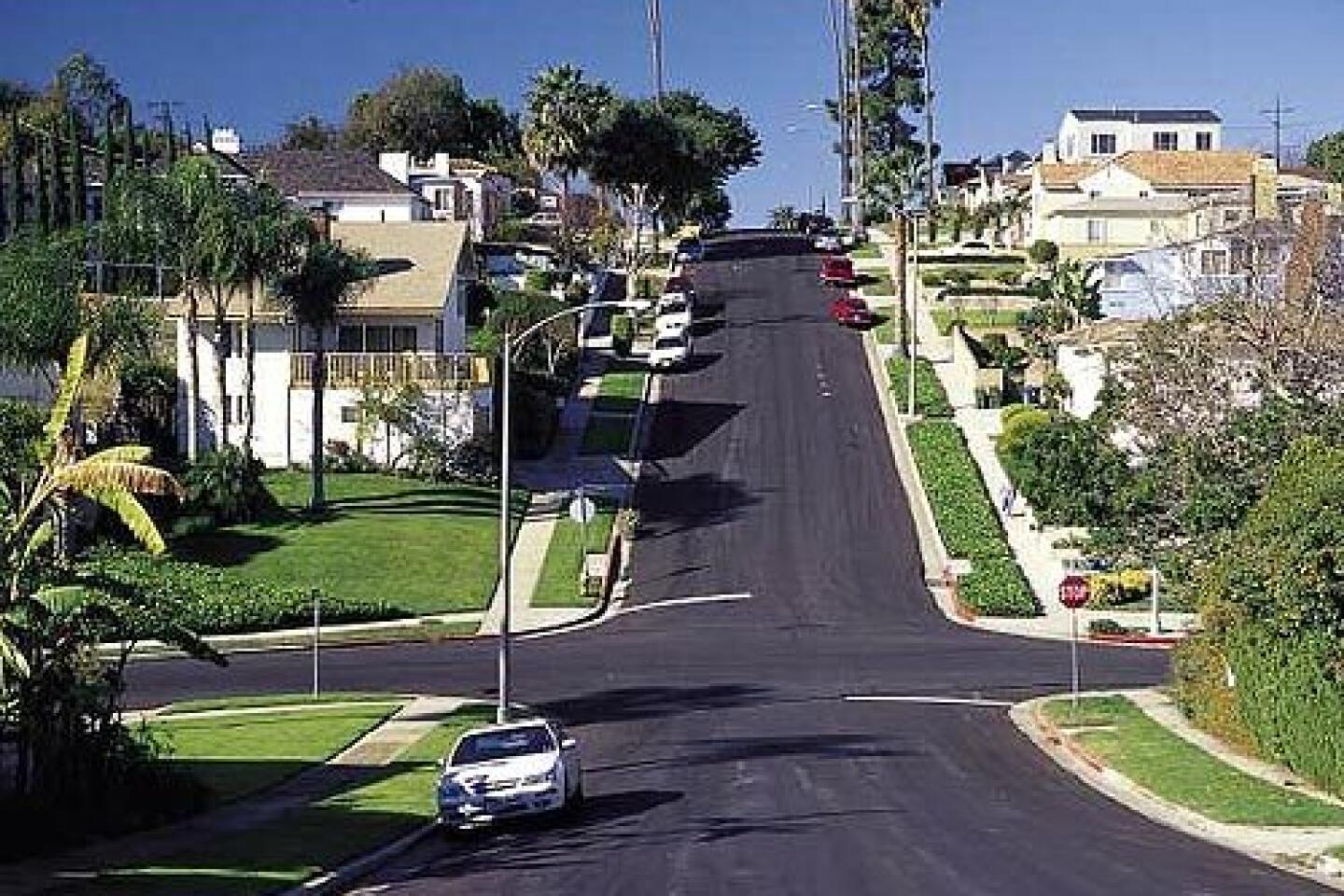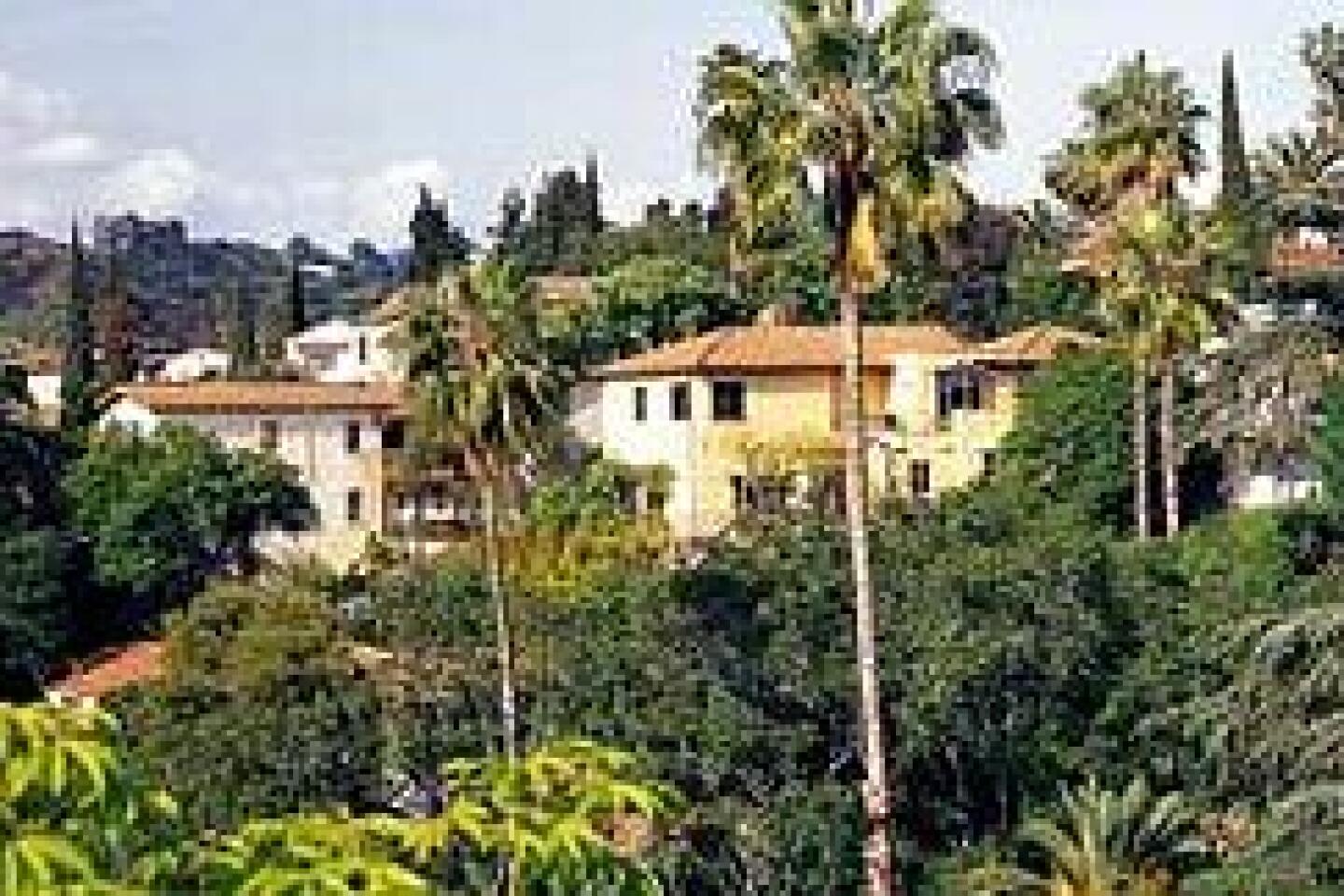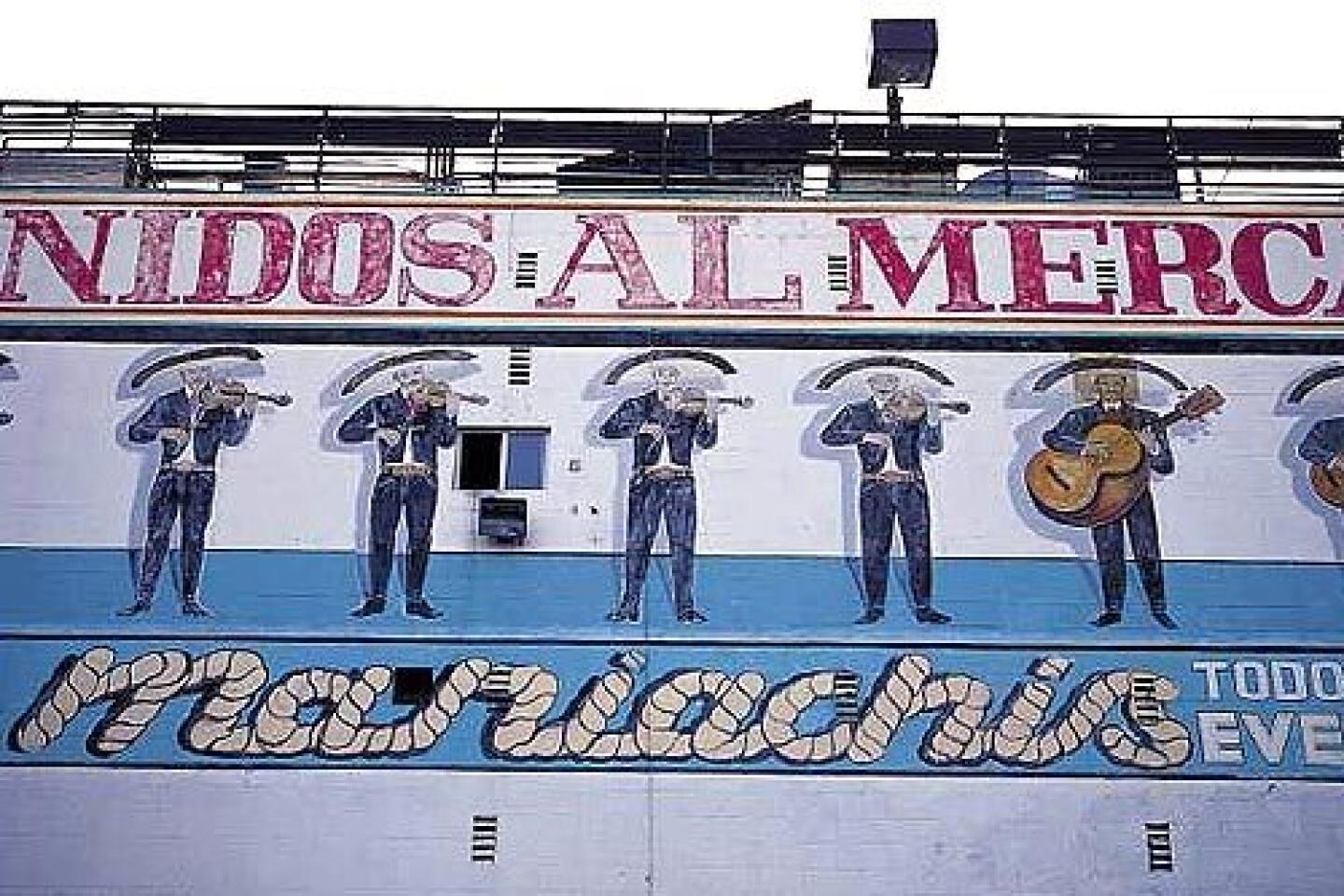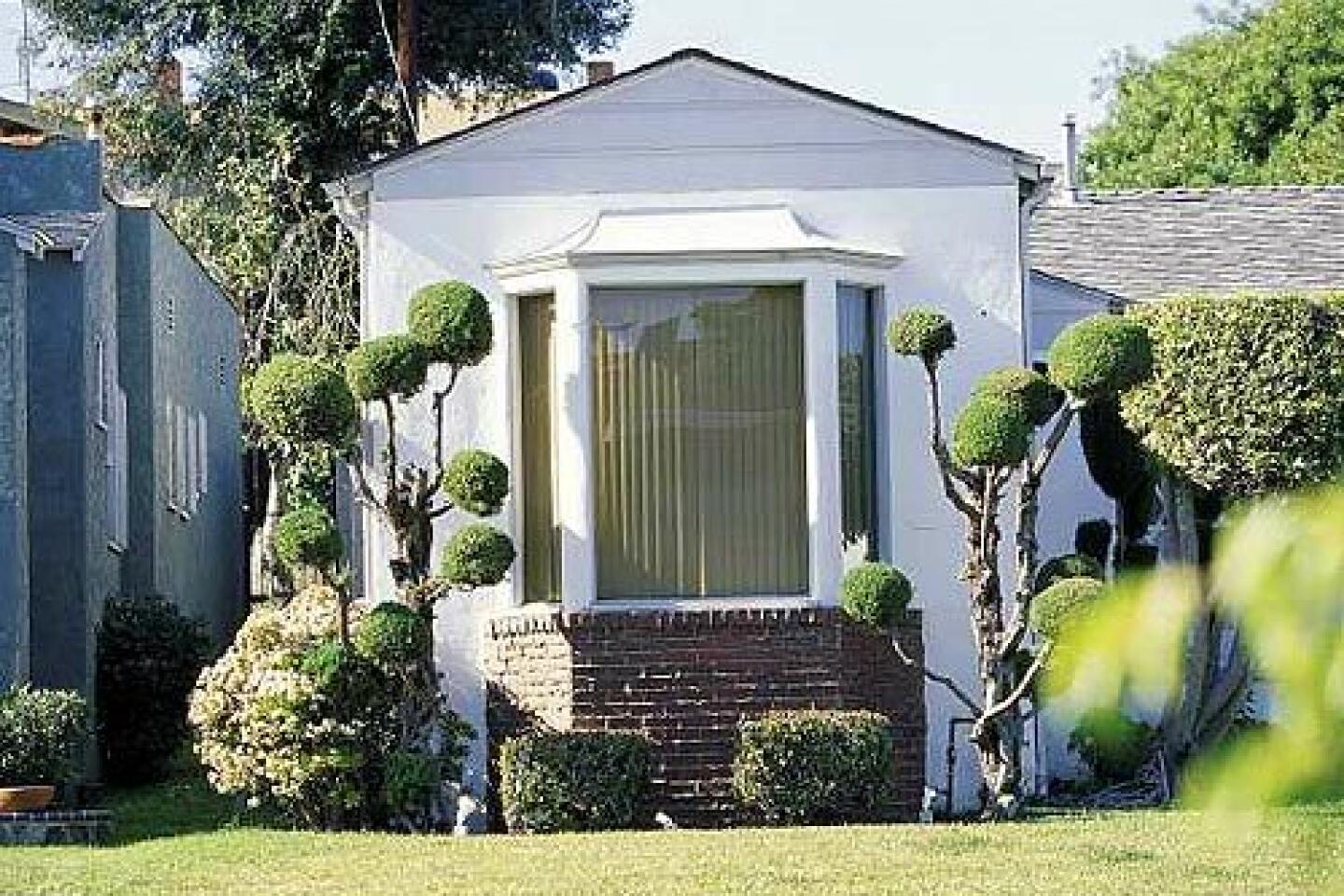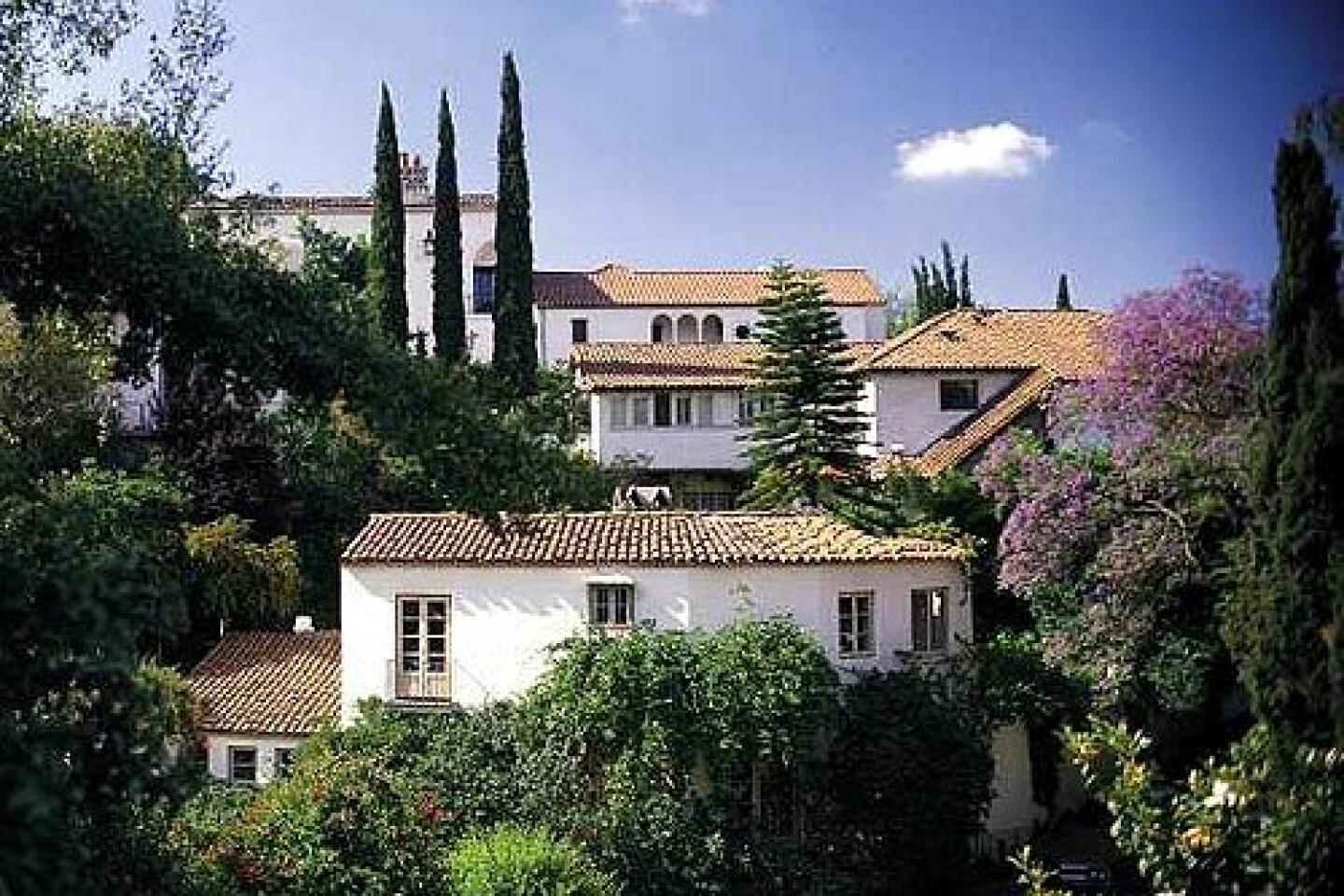Whitley Heights
- Share via
The best time I’ve ever had in Los Angeles was the three months I lived in Whitley Heights. It was last summer. I had just moved from a town of 354 in New Mexico, and Los Angeles was daunting. Luckily, I had friends living on what locals call The Hill, and they sent out drum beats on my behalf. The next thing I knew, a Danish model—I kid you not—offered me her home while she summered abroad.
Surrounded by an English-style garden, the little Cape Cod house on Emmet Terrace was a shabby chic oasis, a forested retreat just a few feet off Franklin. Before long, I began counting the minutes at work until I could make a dignified escape and get back to The Hill to squeeze as much out of the evening as possible: sitting in the garden reading, sipping cocktails at Barbara’s, swimming at Brian and Patty’s, listening to one of Caroline’s ribald tales as she promenaded with her infant around Whitley Circle.
As the summer wore on, I found it increasingly difficult to leave at all.
From above, Whitley Heights looks like an island—bordered by the Hollywood Bowl to the west, Hollywood Boulevard’s
Walk of Stars to the south, the ever-rumbling 101 Freeway to the north and, to the east, the hot club scene on the Cahuenga corridor.
When developer Hobart J. Whitley created his eponymous ‘burb in 1918, what he had in mind was a bucolic Mediterranean hilltop town with winding streets, stucco walls and terra-cotta tile roofs. It wasn’t an unusual vision. Long before the most unifying characteristic of Los Angeles developments was their mind-numbing conformity, visionaries such as Whitley and Abbott Kinney (who sought to re-create Venice in the playa marshlands) saw the Southland as a blank canvas on which to paint their whimsical schemes.
Whitley was lucky because his whimsy appealed to motion-picture pioneers. The hillside development provided an easy commute to both studios and favored watering holes. It’s not difficult to imagine W.C. Fields, William Faulkner and Marlene Dietrich gossiping about the neighbors while their dogs did their business on the corner of Grace and Whitley.
In spite of the star power then and now, there is a coziness and camaraderie on The Hill. At several dinner parties to which I was invited, neighbors just stopped by and grabbed themselves a plate. It reminded me of my little New Mexico village.
As summer waned, I was determined to participate in a Whitley Heights ritual. The Danish model had given me a set of keys before she left, and one night I packed a picnic, walked up to the end of Emmet Terrace, opened the private gate and stepped onto a pathway to the Hollywood Bowl.
But as I caught sight of the throngs below headed to the concert, I felt wistful about the few days I had left on The Hill. And so I turned around and headed home. I ate the picnic in the garden, muted strains of Tchaikovsky hovering at the edges of the oasis.
More to Read
Only good movies
Get the Indie Focus newsletter, Mark Olsen's weekly guide to the world of cinema.
You may occasionally receive promotional content from the Los Angeles Times.

